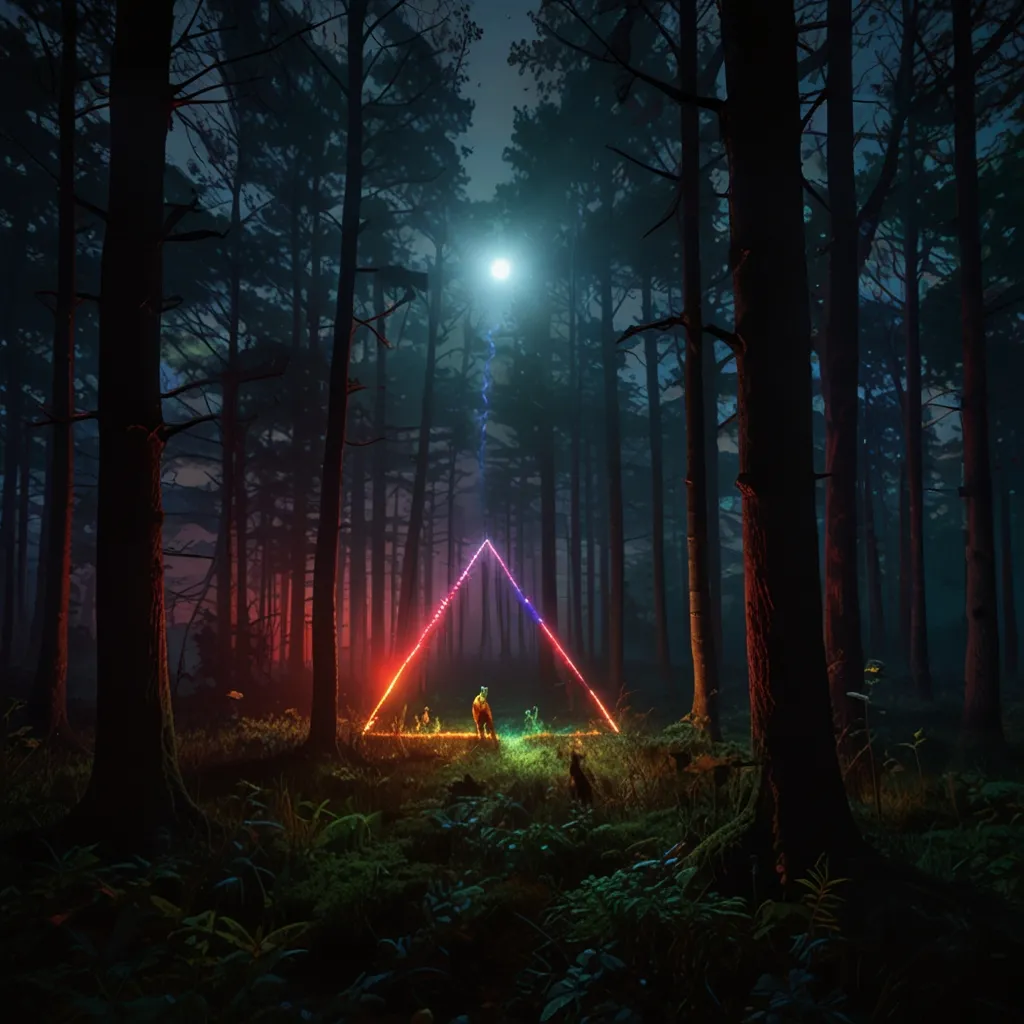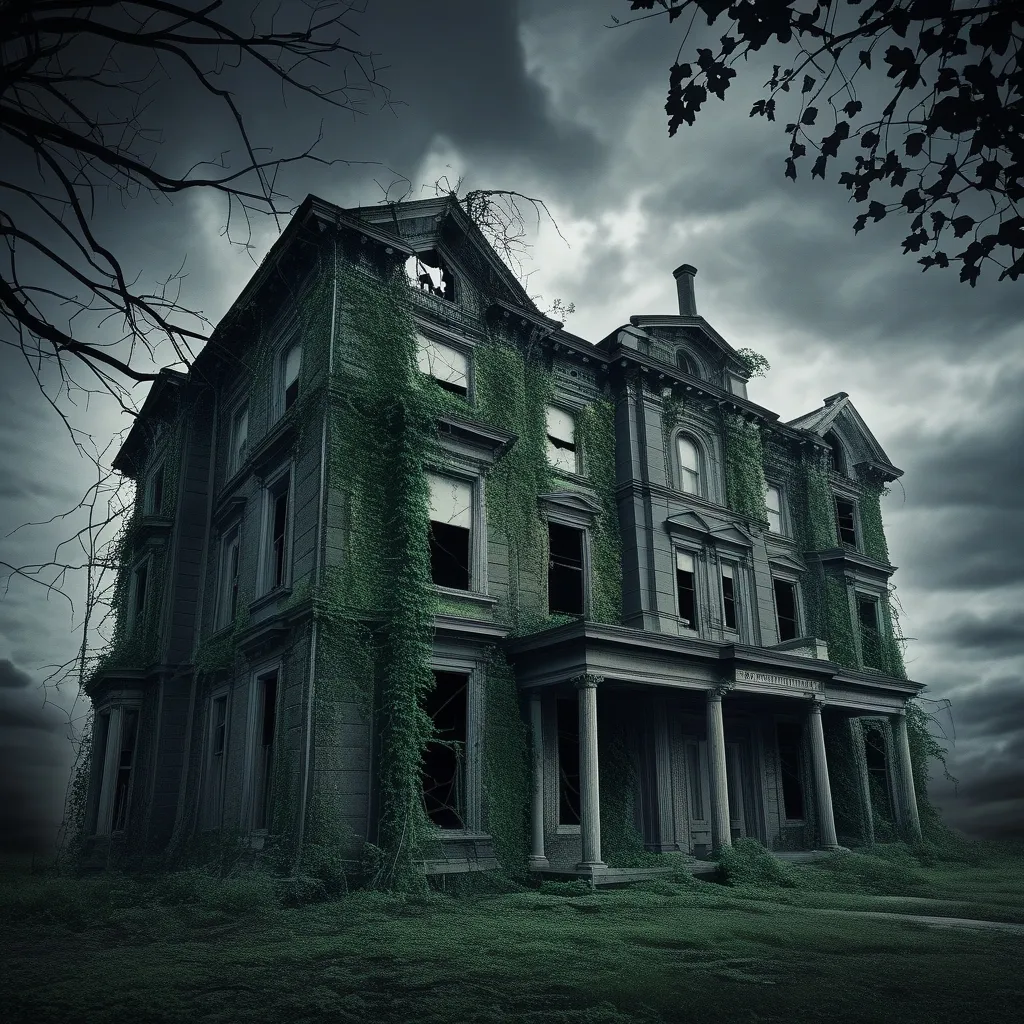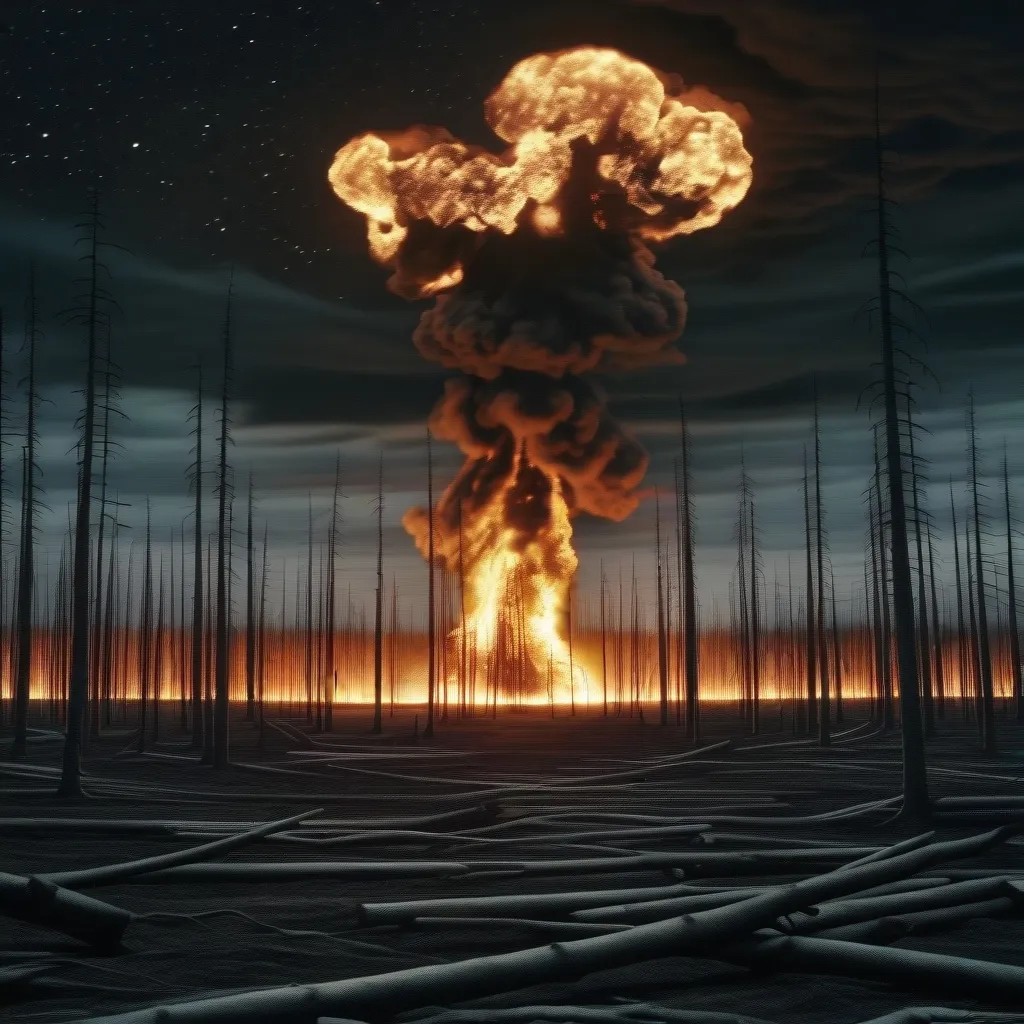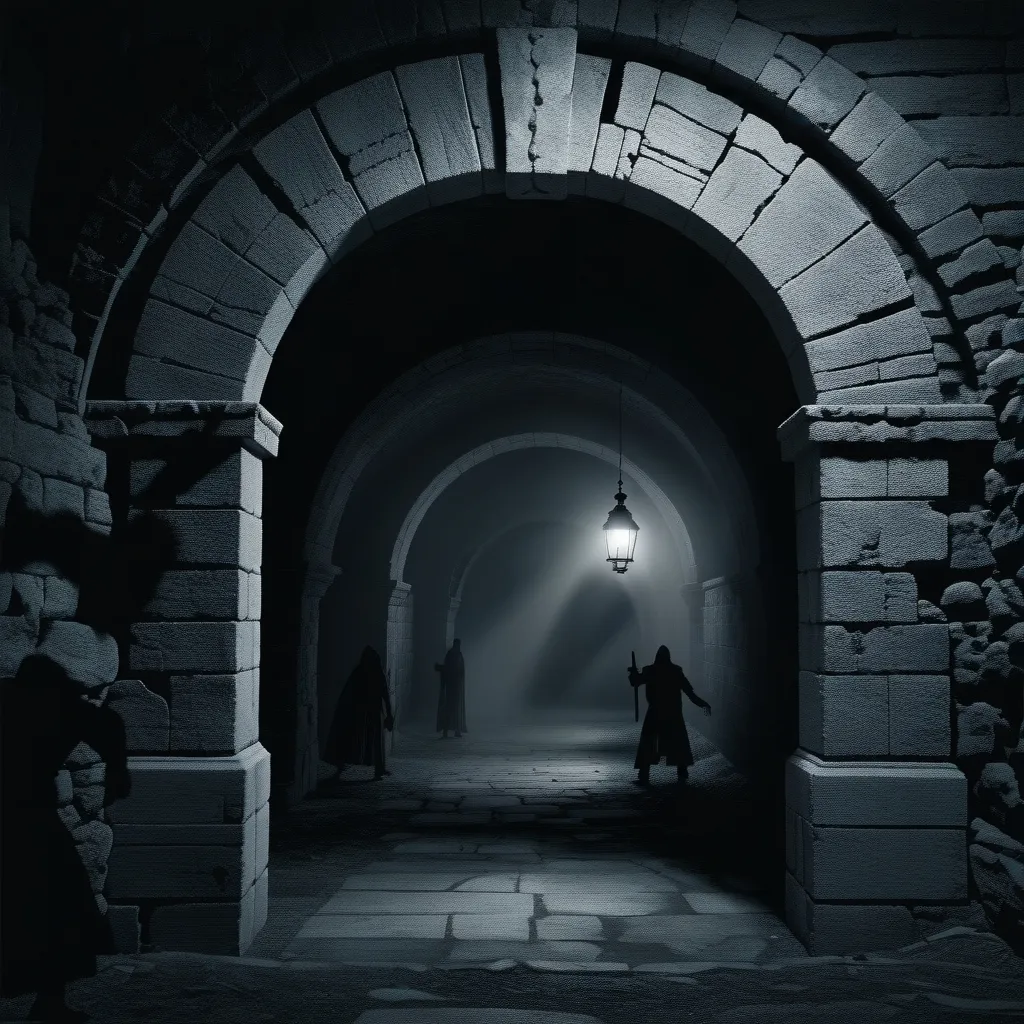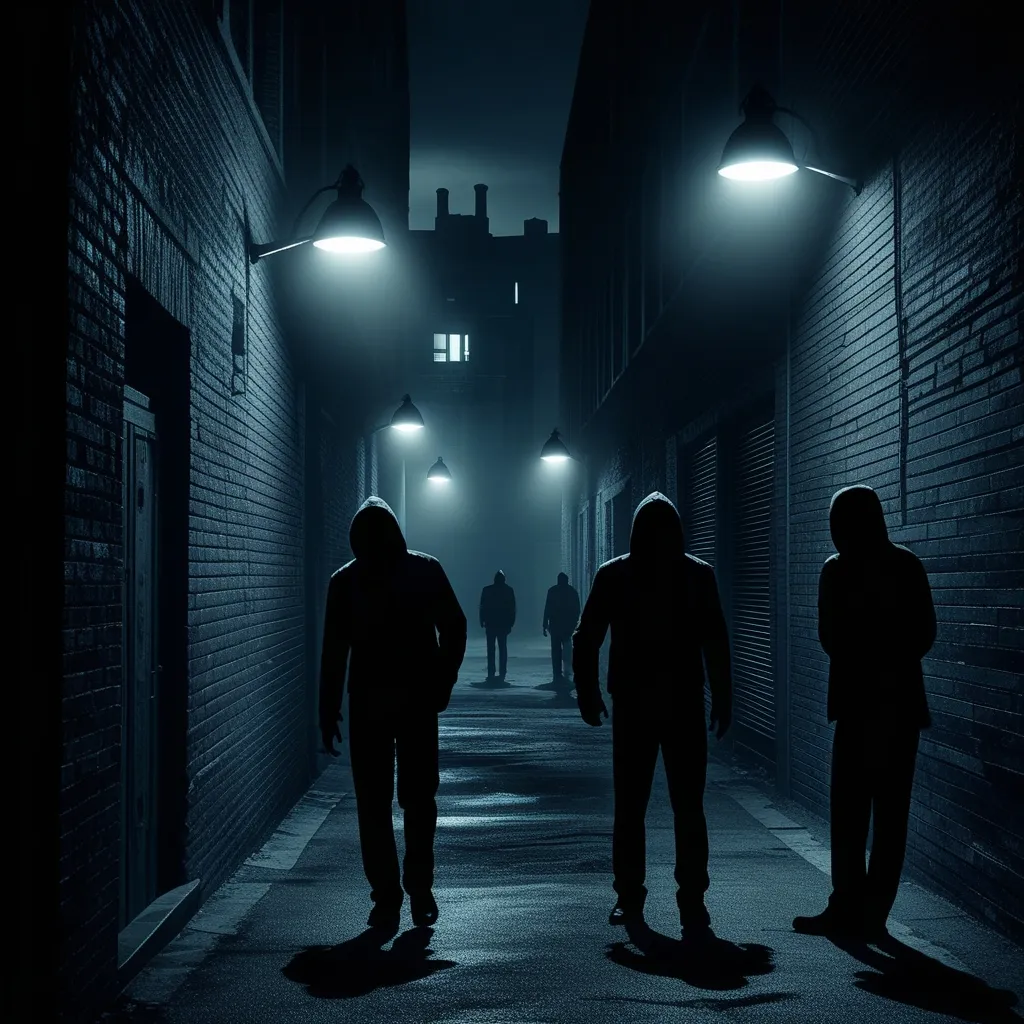The night of December 26, 1980, will forever haunt Airman First Class John Burroughs. This was the last time he experienced a semblance of normalcy. He was on patrol at Woodbridge Air Force Base in Southern England, a base managed by the U.S. military during the Cold War. Both Woodbridge and its sister base, Bentwaters, were whispered to house nuclear materials, amplifying the tension for Burroughs and his comrades. Their mission was simple: protect themselves, their nation, and their allies.
During his routine perimeter checks, a bright light descended from the sky followed by another. These lights didn’t simply come to a halt—they fell into the neighboring Rendlesham Forest.
Burroughs, accompanied by his team, braved into the forest, fearing a Soviet offensive. Instead, they found something much more unsettling.
It’s hard to believe, but there they stood, in the throes of what seemed to be an alien encounter. These weren’t crash landings; they were something out of this world. Imagine the tension, one minute you’re circling the base, the next, you’re staring at lights of unimaginable origins.
As they ventured closer, oddities began to unveil themselves. The lights, initially appearing like common aircraft lights, turned into an otherworldly spectacle. Reds, blues, greens, and yellows flickered in a sequence that gave off an eerie feeling. Despite the proximity, there was an odd silence; no usual aircraft noise, no crash bang, just the quiet of the night.
Burroughs wasn’t alone. Staff Sergeant Jim Peniston, another on-duty officer, grabbed more personnel and moved towards Rendlesham Forest. Their consensus? An aircraft must’ve gone down. But this aircraft had an uncanny stillness to it, and the usually loud base was unaware of anything even happening. Even the British authorities and local airports drew a blank on any crash reports.
About 15 minutes before these lights descended, a radar operator flagged something unusual in the skies—a bogey, as they called it. It vanished from radar over the base, intensifying suspicions.
Upon reaching the East Gate, the team’s communication gear went haywire, further deepening the mystery. Short-range radio worked, but anything past a few feet was just static. The closer they got, the more the forest itself seemed to react. Animals, usually quiet during the night hours, howled and screamed as if sensing an impending doom.
In a clearing lit like daytime, they came upon a triangular craft. It emitted a radiant light, silencing the animals upon their approach. Peniston, getting even nearer, noted weird hieroglyphic-like symbols. Touching the craft, he felt warmth and a sandpaper-like texture from these symbols. Suddenly, everything went white, a flash so blinding it felt like time ceased for a second.
He jotted down these details and diagrams in his notebook, attempting to cling to reality and maintain evidence of his experience. The craft lifted, left no more than a few simple indentations in the ground, and their ‘few minutes’ encounter stretched to an astonishing 45 minutes.
Curiously, once they rendezvoused back to their comrades, an unsettling realization struck: several men were in a panic, search parties had been dispatched believing Peniston and Burroughs were lost.
Records confirm U.S. Military called British authorities shortly after the first sighting. When the local police arrived, their investigation shed little light other than noting a distant lighthouse’s beam.
Backtracking to the base, life resumed its ordinariness with a persistent undercurrent of inexplicability. But Peniston couldn’t shake the episode off. On the day of required rest, a strange urge gripped him, compelling him back to the landing site to gather some physical evidence, convinced he didn’t just imagine the whole ordeal. He collected casts of the indentations left by the craft.
Fast forward two nights, and the scene replicated. At an annual dinner, officers, including Colonel Charles Halt, were interrupted with the news—it’s happening again. Armed with recorders, cameras, and a Geiger counter, they aimed to measure radiation and document the incident meticulously.
At the landing site, indentations in the ground emitted significant radiation, beyond usual levels. Trees bore scars, strange markings, and thermal images captured a warmth at the site. Halt recorded everything—animals, the lights, and then a peculiar laser-like beam seemingly scanning the grounds, emanating from the hovering lights in the skies.
Local police received numerous reports of odd lights county-wide. The lights eventually dissipated, leaving a trail of uncertainty, more questions than answers, but tangible health issues followed for the airmen.
Burroughs developed health issues—deteriorating eyesight, throat problems, and a heart condition—commonly associated with high radiation exposure. His medical records, crucial to understanding his ailments, were refused by the military. After decades, the Department of Defense acknowledged these health problems, with some airmen receiving medical disability benefits—though much of the information remains classified.
Likewise, Peniston, too, faced residual effects. After the encounter, he was plagued with visions of binary code, a series of ones and zeros. In 2010, during an interview, the notebook he had used to document the incident resurfaced, unveiling these codes momentarily forgotten. Experts deciphered them as a bizarre message, seemingly from the future, pointing to various global locations associated with spirituality and curiosity.
The message spouted coordinates for places like the Great Pyramid of Giza, Nazca Lines in Peru, and an enigmatic location in the ocean linked to the mythical island of Hy-Brazil, believed to be a legend.
This piqued curiosity—was this a future human race warning themselves, or was it simply an alien encounter? The idea of time-traveling humans isn’t far-fetched for some. NASA, too, is ambiguous about their stance on UAPs (Unidentified Aerial Phenomena), neither confirming extraterrestrial origins nor dismissing terrestrial explanations.
Colonel Halt’s reputation as a no-nonsense commander adds heft to these claims. However, theories abound, from disinformation to pranks, and even counterintelligence games. Many witnesses provided conflicting accounts, suggesting standard procedures might’ve been misreported or misremembered.
Whether this was a sophisticated prank by the SAS as revenge, an extraterrestrial encounter, or a human time-travel intervention, remains shrouded in mystery.
Discrepancies linger. Halt’s personal tapes are edited, and his complete recordings are unreleased. Peniston’s notebook and binary codes face scrutiny for their odd timeline and seemingly orchestrated reveal.
With anomalous lights, radar disappearances, radiation levels, and mysterious craft impressions, the Rendlesham Forest Incident stands as an enigmatic cornerstone of UFO lore. Authorities, skeptics, believers, and researchers will forever argue its authenticity, but it holds significant intrigue—a cryptic footnote in the annals of Cold War-era paranormal activities that blend speculative fiction with potential reality.
The lines between human mischief and cosmic mystery blur in Rendlesham Forest, leaving us with a question: What truly happened that winter night? While we might not have concrete answers, the investigation remains open, a beacon for forthcoming revelations in the realm of unexplained aerial phenomena.
